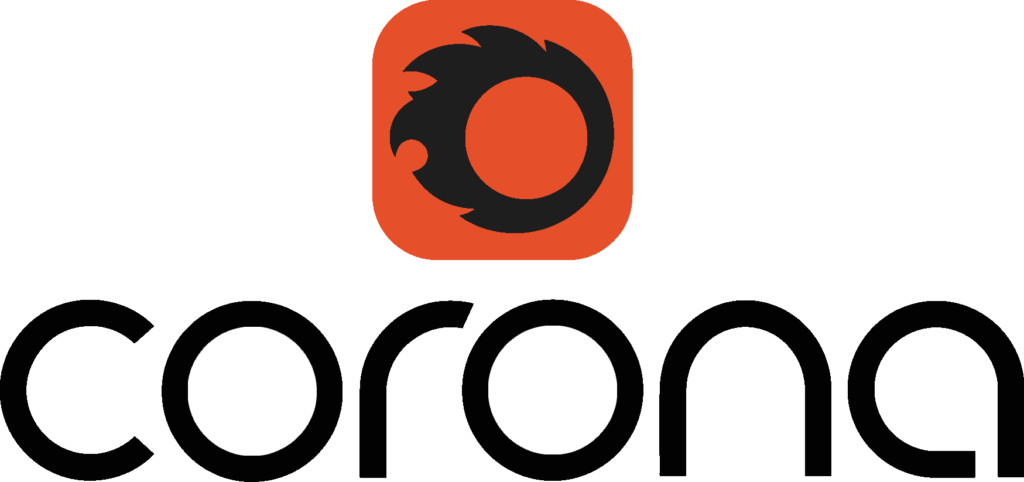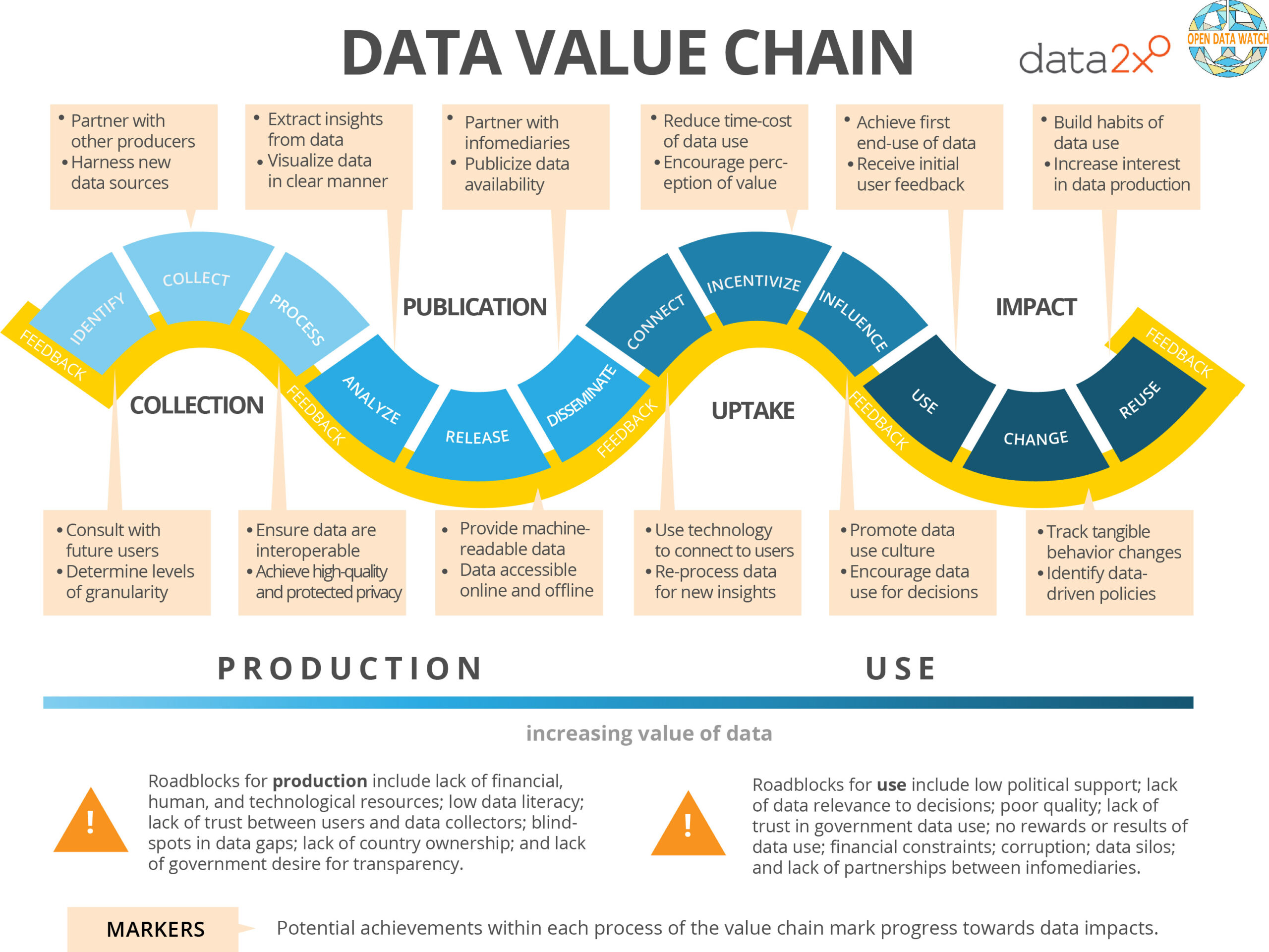Adhering to good software development practices can provide numerous benefits, such as breaking down projects into smaller tasks and modules, employing version control systems, adhering to coding standards, and implementing a review process with peers for code changes.
Are you looking for the best software to help you stay productive and organized? Are you looking for the latest innovations in technology? Are you trying to find ways to make your work life easier? If so, then this blog post is perfect for you! We’ve compiled a list of the best software out there that will help keep you up-to-date with all the latest trends.

10 Best Software to know Analysed
1. Introduction to Software Engineering
As a software engineer, it is important to have a thorough understanding of the fundamentals of software engineering. To do this, one needs to understand the different types of software, popular software technologies, software development life cycle, database management systems, platforms and frameworks, cloud computing, programming languages, software quality assurance and DevOps practices.
All of these topics are essential to understanding the basics of software engineering and having the knowledge to move forward in the field. In this blog post, I will provide an overview of all these topics and discuss the importance of each one in order to give you a better understanding of software engineering.

2. Different Types of Software
As anyone who is interested in software engineering will tell you, there are many different types of software. From system software to application software, from firmware to driver software, and from freeware to open-source software, there is a type of software for almost every purpose.
The two major types of Software are System software and Application software.
1. System software: System software is designed to manage system resources or operations, whereas application software performs specific tasks for end-users. Utility software is also another type of software that helps users perform specific tasks. This type of software includes tools such as anti-virus programs, file compression utilities, and disk defragmenters.
2. Application software: Device drivers are also an important type of utility software that allows a computer to interact with a particular hardware device. Finally, programming languages and database management systems are essential for developing and managing applications.
3. Popular Software Technologies
As a software engineer, it is important to understand the popular software technologies used in the industry. In the past year, PluralSight reported that JavaScript, Python, and SQL were among the most popular software development technologies.
These programming languages are used by developers to create websites, applications, and systems. With a strong understanding of these technologies, you can create unique solutions to complex problems.
In addition to these three, Node.js is also becoming increasingly popular among developers due to its capabilities in creating powerful web applications. For those looking to stay ahead of the curve, UltraEdit is also a great tool for native app development.

4. Software Development Life Cycle
Having discussed the different types of software, it’s now time to focus on the Software Development Life Cycle – an important and integral part of software engineering. This is a process that consists of a series of steps and activities that are used to create and maintain software systems.
It includes phases such as planning, analysis, design, development, testing, deployment, and maintenance. Depending on the type of project, the SDLC can be used in different ways.
There are several SDLC methodologies such as Agile, Lean, Waterfall, Iterative, Spiral and DevOps that can be employed for software development. Each one has its own unique set of advantages and disadvantages that need to be considered before making a decision.

5. Database Management Systems
As a software engineer, understanding database management systems is an important part of the job. Database management systems provide a way to store and retrieve data from a database.
It can be used for creating, managing, and updating databases. Popular database management systems include Oracle, Microsoft SQL Server, Toad for Oracle, SQL Developer, and phpMyAdmin. Each of these systems has its own unique features and capabilities that make them useful for different tasks.
Understanding the different features and capabilities of each system can help you make the best decision when selecting a database system for your projects.

6. Platforms and Frameworks
In the previous section, we discussed the different types of software and the popular software technologies available. Now, let’s take a look at some of the most popular platforms and frameworks used in software engineering today.
The most popular framework is Ruby on Rails. It is an open-source web application framework built on Model-View-Template architecture. It is renowned for its ease of use and development speed.
Another popular framework is Django, which is also an open-source web application framework based on Model-View-Template architecture. GeneXus is an intelligent platform for developing applications and systems that enable the automatic creation, development, and maintenance of applications.
It is a powerful tool for automating the development process. Dot Net framework is a cross-platform app development framework developed by Microsoft in 2011. It is based on the Microsoft technology stack and includes a wide range of features for developing web, mobile and desktop applications.
NodeJS is a JavaScript runtime environment built on the Chrome V8 engine. It is used for building fast and scalable network applications.
These are just some of the many platforms and frameworks available to software engineers today. With these tools, developers can easily create powerful applications with minimal effort.

7. Cloud Computing
Cloud computing is an incredibly powerful technology that can help businesses scale their operations, reduce costs, and improve efficiency. It has become increasingly popular, with many software-as-a-service (SaaS) solutions, infrastructure-as-a-service (IaaS) providers, and platform-as-a-service (PaaS) solutions available.
As such, understanding and leveraging the best cloud computing tools is essential for businesses to make the most of their cloud experience.
In this section, we will explore some of the best cloud computing tools to help you monitor and optimize your cloud’s performance, security, cost, and more. From database management to DevOps practices, we’ll cover some of the top tools for cloud computing.

8. Programming Languages
As a software developer, you need to have a good understanding of the programming languages available to you. For web and software development, Python is the most popular programming language, followed by Java, JavaScript, and C.
Knowing these languages is essential for developing modern applications. Additionally, SQL is also an important language to understand when dealing with databases. For beginners, Python, Java, JavaScript, HTML and CSS, C, C#, Ruby, PHP, SQL, Swift and Go are all great languages to start with.
Each language has its own advantages and disadvantages in different use cases. It’s important to find out which language will be best suited for your specific development project.
9. Software Quality Assurance
Software Quality Assurance (SQA) is a process that helps ensure that all software engineering processes, methods, activities, and work items meet the desired quality standards. It focuses on improving the process of development of software and making sure the end product meets customer requirements.
SQA also helps to identify and minimize risks while delivering safe and secure software solutions. While many QA tools are available to assist in this process, some of the most popular include ReQtest, Test Automation (Scriptless), Selenium, JIRA, and LoadRunner.
These tools can help in the automation of tests, tracking of defects, and performance testing to ensure the best possible quality assurance results.

10. DevOps Practices
DevOps practices are the ones that help organizations achieve continuous integration and delivery. This is done by automating the processes related to software development and systems operations.
It involves the use of a wide range of tools like Git, Maven, Jenkins, Docker, Kubernetes and many more. These tools help in improving the speed, quality and reliability of software delivery.
Additionally, these tools provide automated feedback loops between operations and dev teams for iterative software updates. This helps in adjusting performance reviews and in making configuration management a priority.

